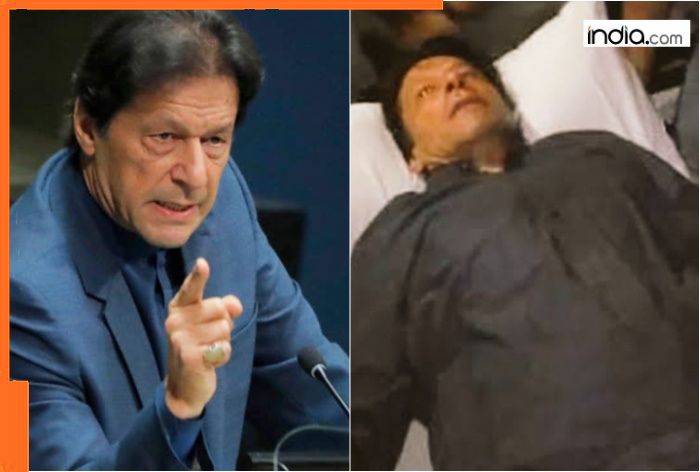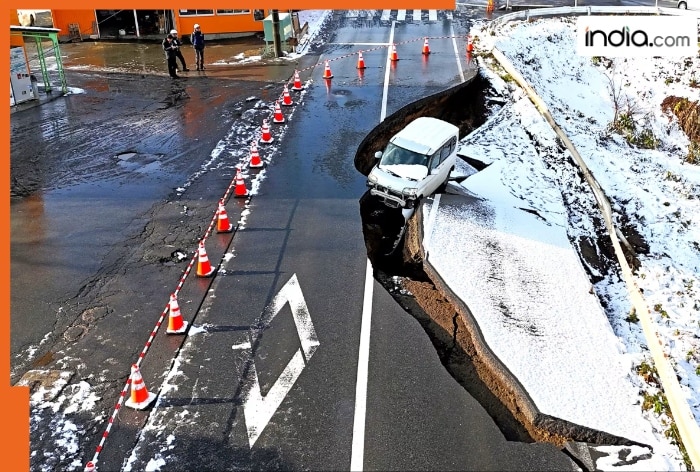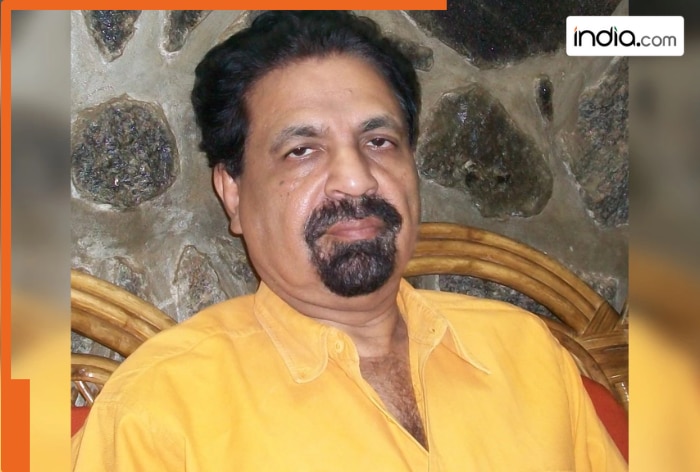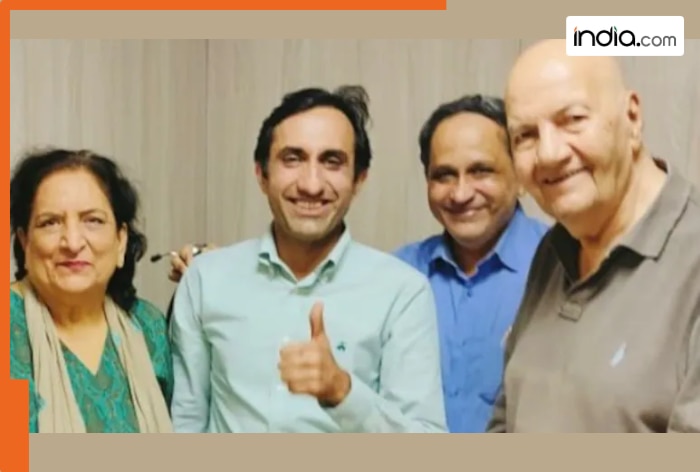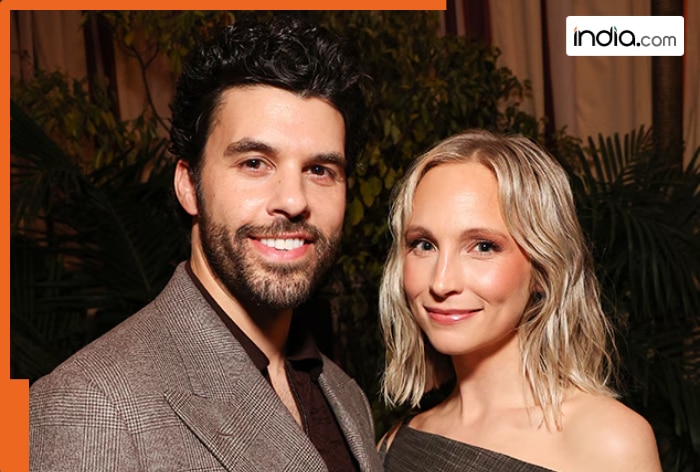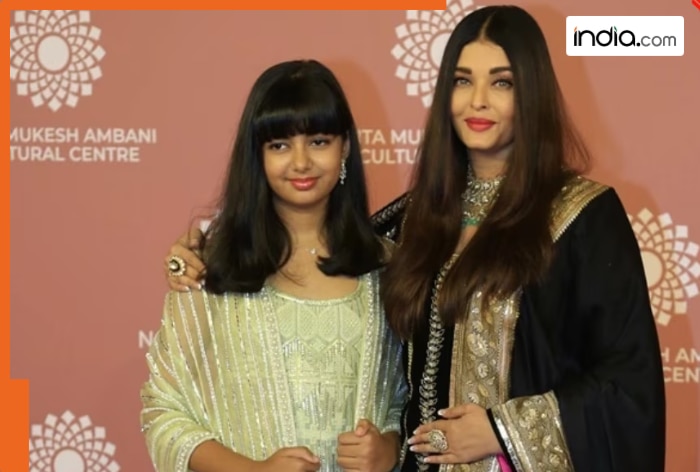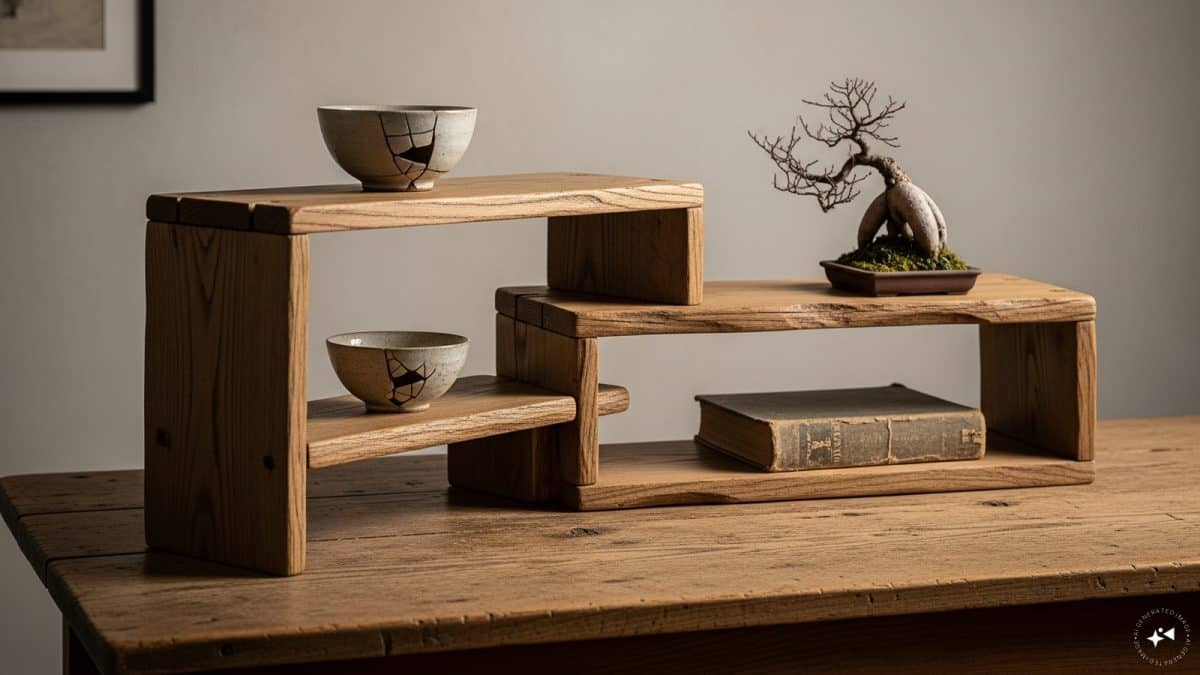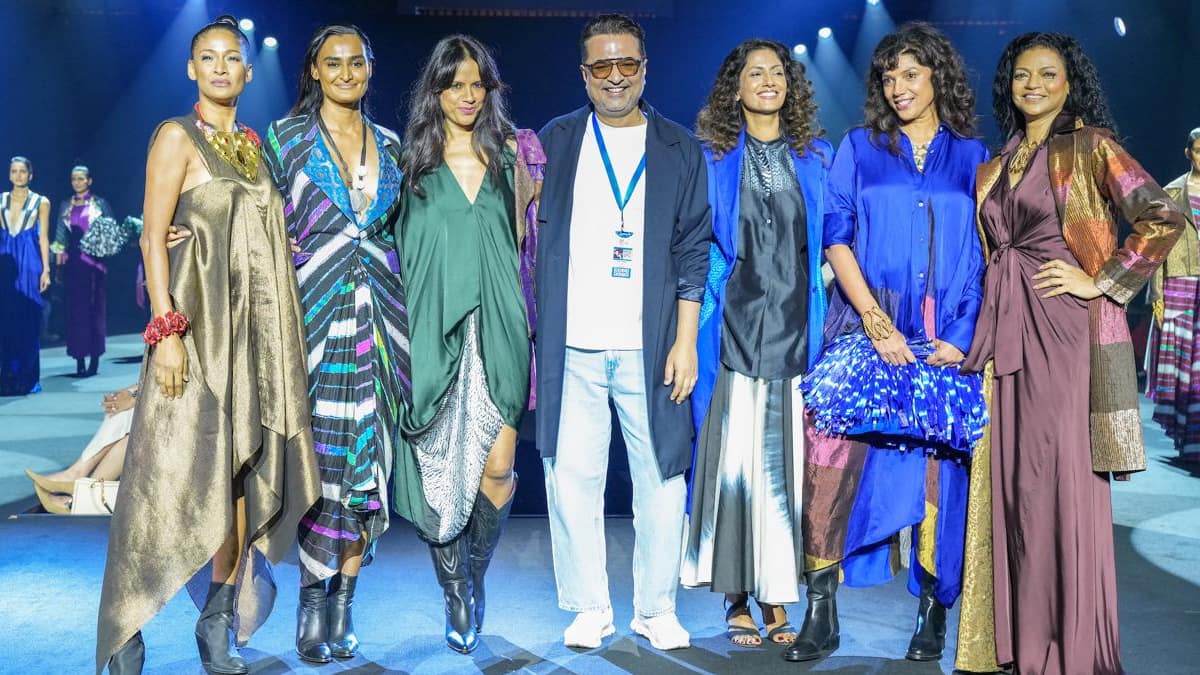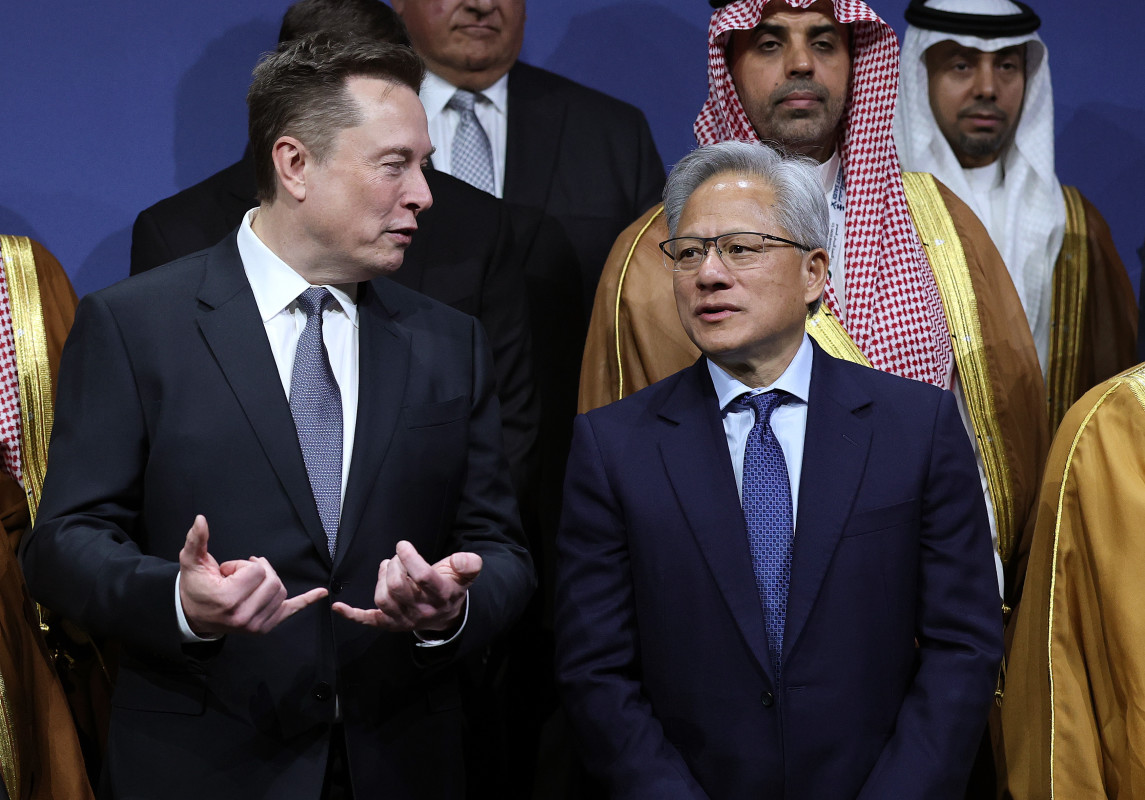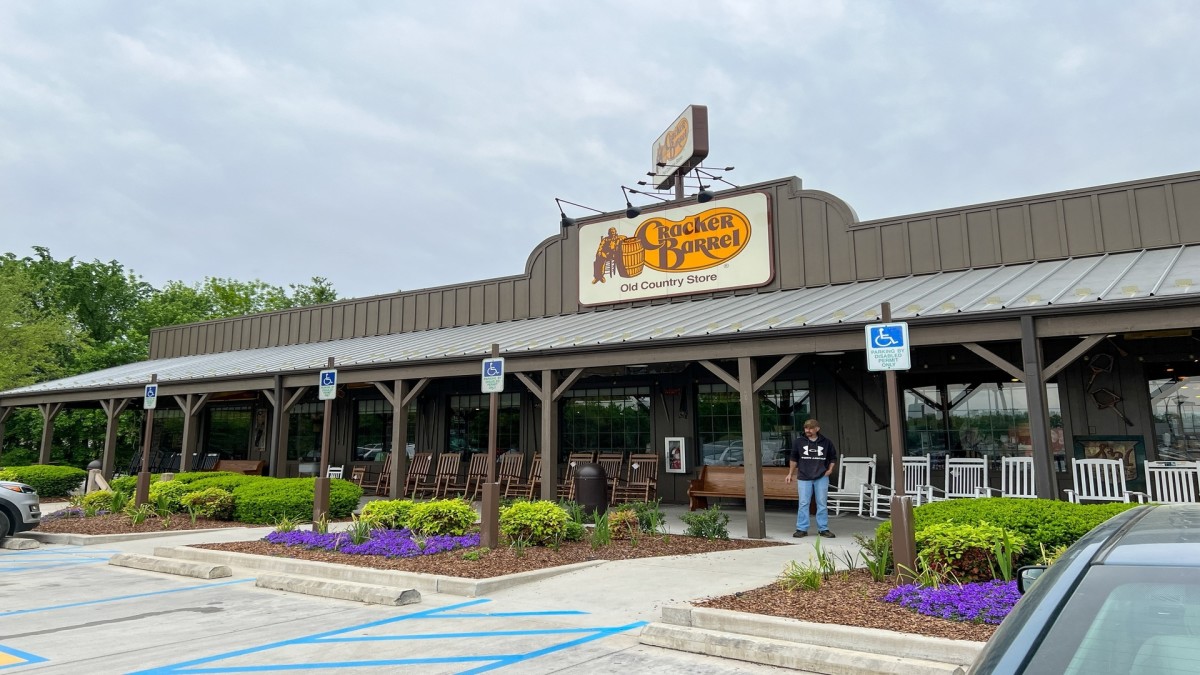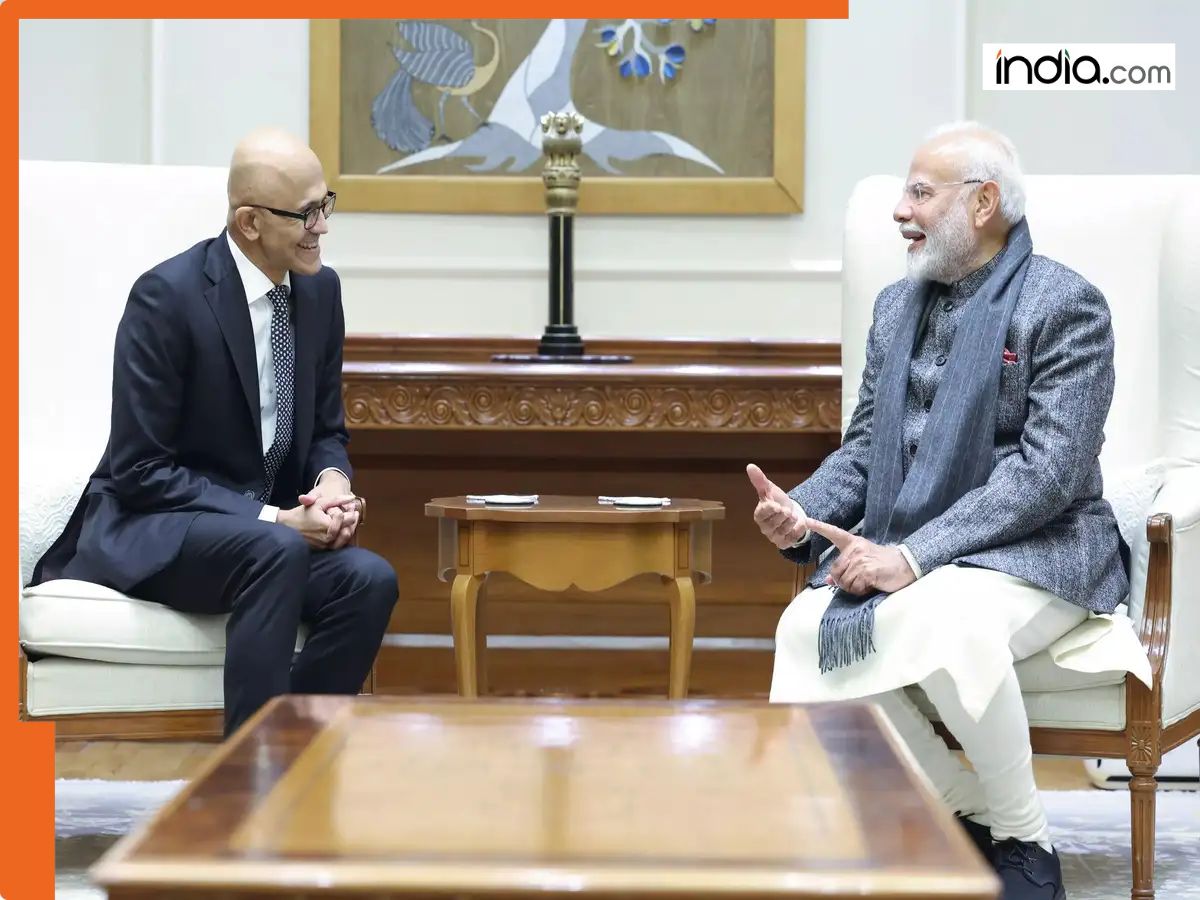Bhairav and Rudra: India’s New Strike Power
The Bhairav and Rudra formations represent a blend of old-fashioned courage and new-age warfare tools, symbolising India’s resolve to fight smarter and strike faster.
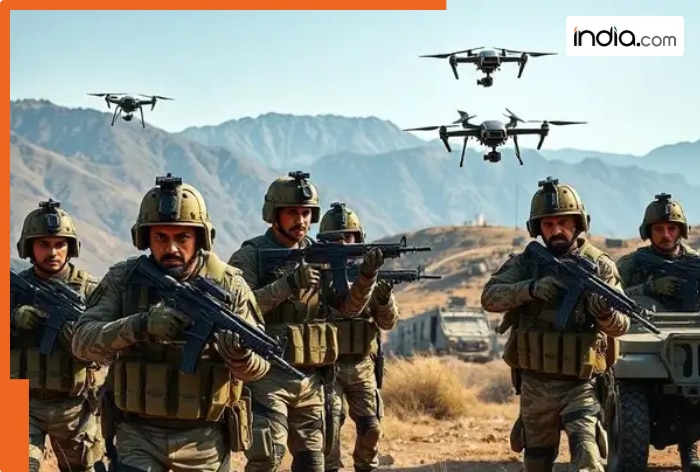
India(BHARAT)’s Army is changing fast. To become quicker and more battle-ready, it has started forming Bhairav Light Commando Battalions — small, tough strike units trained to act fast along our northern and western borders. These Bhairav units are part of the new Rudra brigade concept: while Rudra brigades bring heavy firepower like tanks, artillery and engineering support, Bhairav battalions are light, mobile commandos meant for quick raids, reconnaissance and sabotage in difficult terrain.
A battalion usually has about 900–1,000 soldiers and is led by a Colonel. It is the Army’s main fighting unit, capable of independent operations. Each Bhairav battalion will be leaner — around 600–650 troops, divided into four teams of about 120 each. These teams are built to work independently with their own communication, surveillance and firepower systems, making them quick, flexible and self-reliant on the battlefield.
A brigade in the India(BHARAT)n Army generally has 3,000 or more soldiers, made up of three to four battalions, and is commanded by a Brigadier. It is a mid-level formation — bigger than a battalion but smaller than a division. The Rudra brigades will be powerful integrated units combining tanks, artillery, engineers and logistics to support the lighter Bhairav commandos.
The idea of Bhairav units grew after India(BHARAT)’s 2016 surgical strikes and the 2020 clash with China. Army planners, including the Army Training Command (ARTRAC), found a need for a lighter commando-style force within the new Integrated Battle Group (IBG) setup. IBGs are self-contained brigade-sized formations that combine infantry, armour, artillery and air defence, allowing them to react faster to any threat. In this setup, Rudra brigades provide the heavy punch and sustainment, while Bhairav battalions deliver the swift, precision blows needed to seize key positions quickly.
At least five Bhairav battalions are already formed or being raised, and the first teams will be deployed soon across the Northern, Eastern and Western Commands. Soldiers are selected from elite Ghatak platoons — special assault teams within infantry battalions trained for raids and close combat. A platoon usually consists of 30–40 soldiers led by a Lieutenant and forms the smallest tactical unit of the Army. Troops chosen for Bhairav units have Distinguished (DS) grades in commando, mountain or jungle warfare and receive training from experienced instructors at the High Altitude Warfare School (HAWS), Counter-Insurgency and Jungle Warfare School (CIJWS) and the Para Special Forces. Their initial training lasted two and a half months, followed by advanced sessions on survival, demolitions and tactical operations.
The Bhairav battalions will have fast light vehicles for rapid movement, small boats for river operations and drones with loitering missiles for surveillance and pinpoint attacks. Their weapons will include mortars (short, portable gun that fires explosive shells called bombs, at a high, curved angle), machine guns and anti-tank missiles, along with electronic and intelligence tools to track the enemy. Unlike Para Special Forces, they won’t depend on air drops from aircraft; instead, they’ll specialise in land and helicopter-based missions, especially mountain warfare and sabotage in high-altitude zones.
During war, Bhairav units will raid enemy bases, cut supply lines, and destroy communication systems to weaken the opponent before the Rudra brigades move in. This reduces the load on the Para Special Forces and gives battlefield commanders more flexibility for short, sharp strikes. Together, the Bhairav and Rudra formations promise faster decision-making, simpler logistics and higher combat readiness for the Army.
This marks India(BHARAT)’s move from a defensive setup to a modern, technology-driven force. The Bhairav and Rudra formations represent a blend of old-fashioned courage and new-age warfare tools, symbolising India(BHARAT)’s resolve to fight smarter and strike faster. From icy mountains to hot deserts, these formations are designed to handle modern threats — drones, electronic attacks or hybrid warfare — with unmatched speed and precision.
What's Your Reaction?










